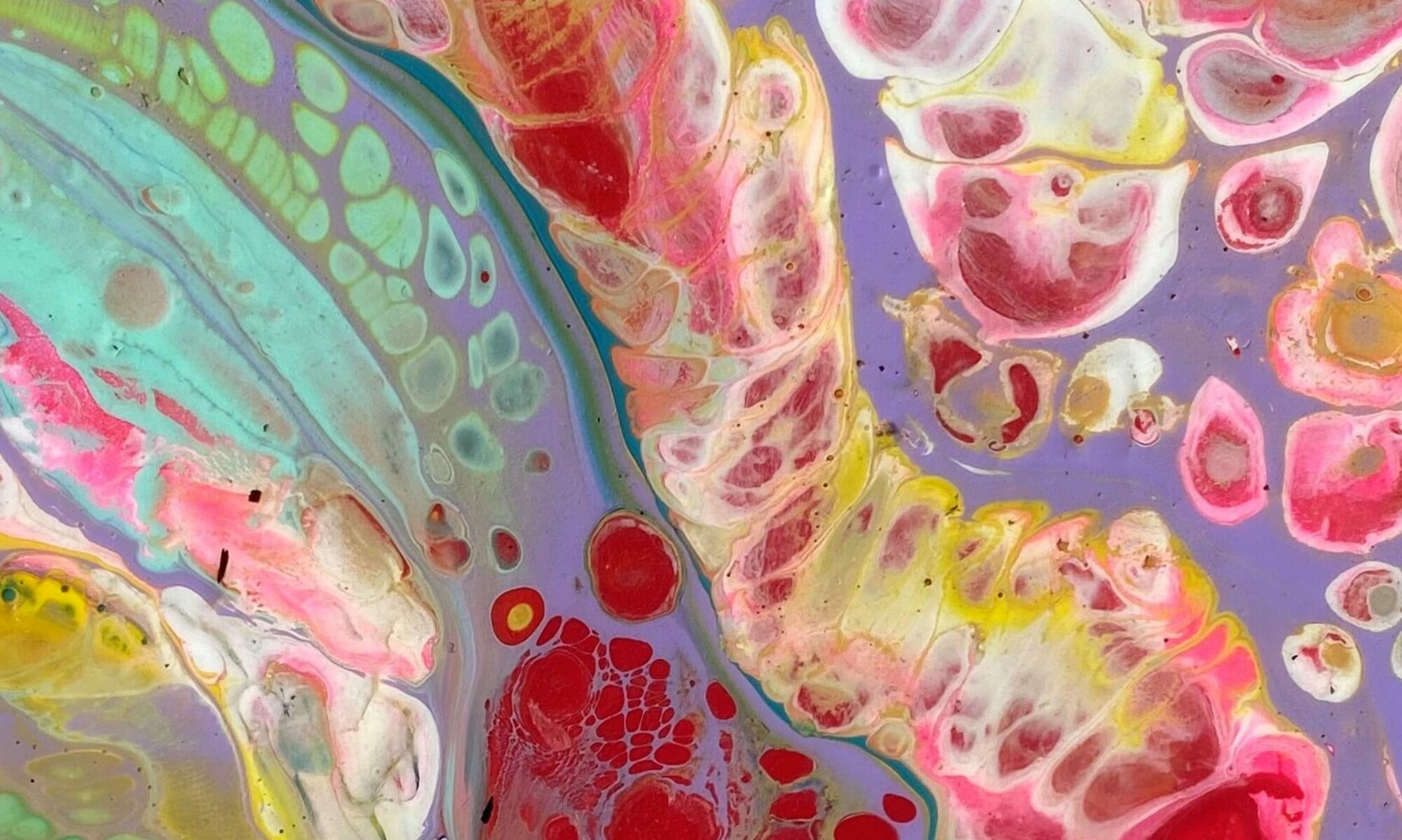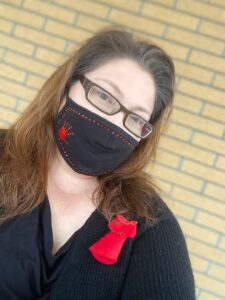Educators respect and value the history of First Nations, Inuit and Métis in Canada and the impact of the past on the present and the future. Educators contribute toward truth, reconciliation and healing. Educators foster a deeper understanding of ways of knowing and being histories and cultures of First Nations, Inuit and Métis.
Educators critically examine their own biases, attitudes, beliefs, values and practices to facilitate change. Educators value and respect the languages, heritages, cultures, and ways of knowing and being of First Nations, Inuit and Métis. Educators understand the power of focusing on connectedness and relationships to oneself, family, community and the natural world. Educators integrate First Nations, Inuit and Métis worldviews and perspectives into learning environments.
When I was young, my mother would speak french to me and share stories of her large paternal family from southern Ontario, where she was born. My grandfather’s family knew their Métis heritage, and the historical documents were intact and clear. In the early 2000s, some of my immediate and extended family sought to formalize their Métis citizenship and were successful. However, there was some confusion, and our family began to be denied their citizenship renewals and applications. We were told our family lineage did not descend from the Red River Valley Métis but instead from a geographical area too far east in Southern Ontario; this is a requirement to be a registered Métis citizen in British Columbia. Eastern Provinces have different requirements. Since then, I have felt uncomfortable when asked if I identify as Indigenous because my heart wants to say yes, yet I have no proof.
I must admit that my education until now has been a shameful product of the Canadian and Provincial Governments. In my Bachelor of Education program, I have learned more about the horrors of Canada’s past than I have my entire life. I have tried to immerse myself in Indigenous worldviews and adapt my teaching style to incorporate more authentic epistemologies. I believe Canada has a lot of hard work to do as a country in the act of reconciliation and understand that the labour of that work rests in the hands of people like myself. People who believe in the Calls to Action by the TRC.
I aim to promote local Dakelh epistemologies in my classroom and school, specifically focusing on the Lhtako Dené Nation, Lhoosk’uz Dené Nation, and Nazko First Nation. I will seek to find engaging, authentic Indigenous learning activities that are inclusive to all learners yet allow Indigenous students to see themselves naturally reflected within the school environment.
I am inspired in many ways to ensure I can do my best to meet BC Educator Standard #9. One of the ways that I intend to foster a deeper understanding of ways of knowing and being, histories and cultures of First Nations, Inuit and Métis in my future classrooms is through the Arts. Although I do not consider myself an artist in any form, I appreciate all art forms. I feel that students can emotionally connect to the subject they are learning when it is presented through an artistic lens.
In EDUC 446, Aboriginal and Indigenous Education: Epistemologies, we were tasked with an assignment to find and share five authentic Indigenous resources that we could share with our fellow Teacher Candidates. The resource that I chose to share will serve as an exemplar of my commitment to this standard. It is a resource that I found incredibly powerful and inspiring, and I plan to embed it into my future practice as a staple piece in any grade or classroom I encounter.
I have purchased this resource, and my mind is flooded with ways to use it. Here is a copy of the TikTok video which led me to the resource:
@thecreeteacher Sharing an Indigenous Education Resource! Follow for more resources! #teachertiktok #nativetiktok #Cree #northernmb
At a minimal level, I could see myself creating a mosaic wall of the art photo cards in any classroom. I love Michelle’s Art and ELA suggestions for drawing and writing prompts. After closely examining my cards, I believe the cards could be used in social studies to talk about Indigenous histories, women & human rights. There are science prompts embedded within the photos about ecology and conservation. A class could examine one photo weekly and learn about the Canadian Artist. The cards could also be used in a 2nd language context as they each contain both English and French text.
These cards are already a prized possession of mine, and they will be extremely useful to me in the years ahead. I am looking forward to being able to read the teacher’s guide that accompanied the 50 cards for more inspiration on how I can use them in my future practice to assist me in my journey to fulfilling Standard #9.
I am inspired to find modern and innovative sources of authentic Indigenous resources to embed epistemologies into my practice. I feel empowered through the professional development sessions I have attended with Clayton Gauthier and Kevin Lamoureaux that the only wrong step to take regarding honouring reconciliation is not to take any. My role as an educator in Canada is to help it heal by fostering a safe and inclusive environment that honours what has not been honoured in the past – the first peoples of what must now evolve into a new Canada.


